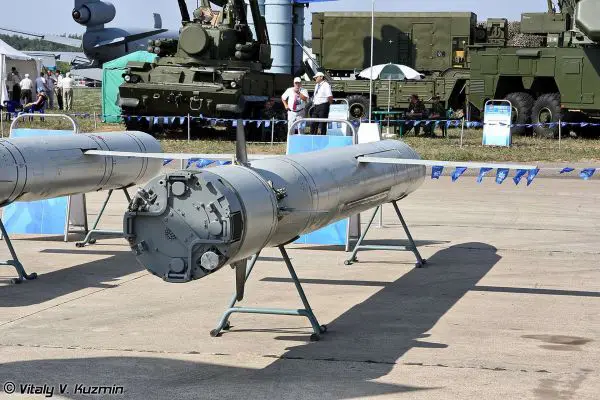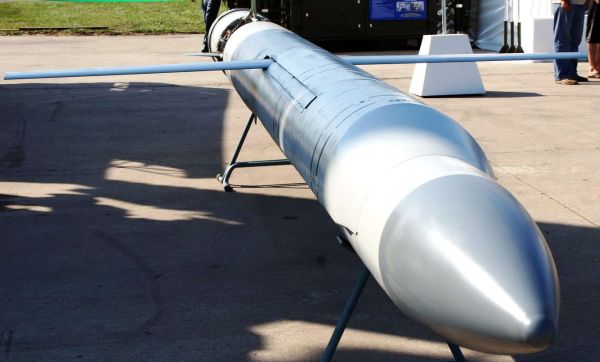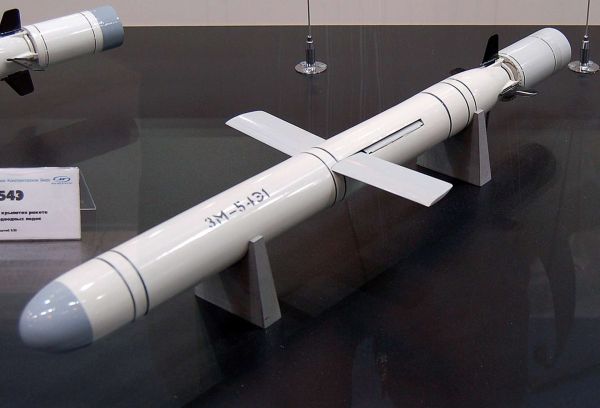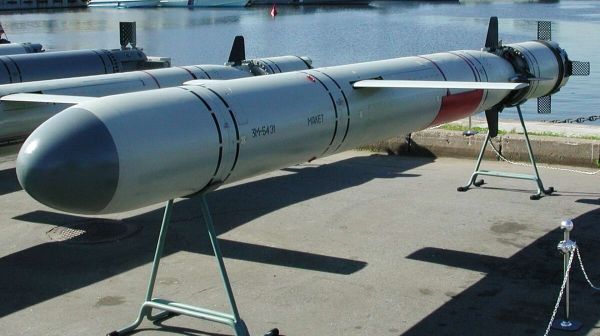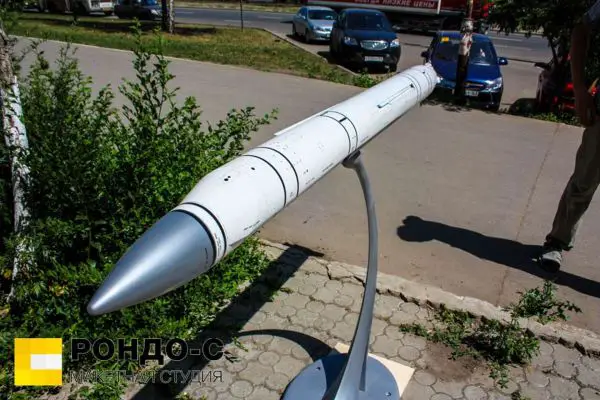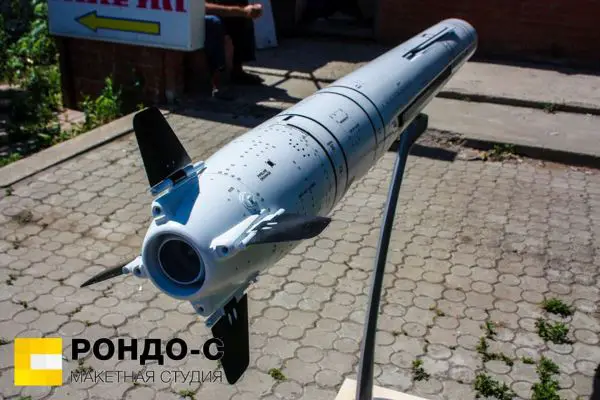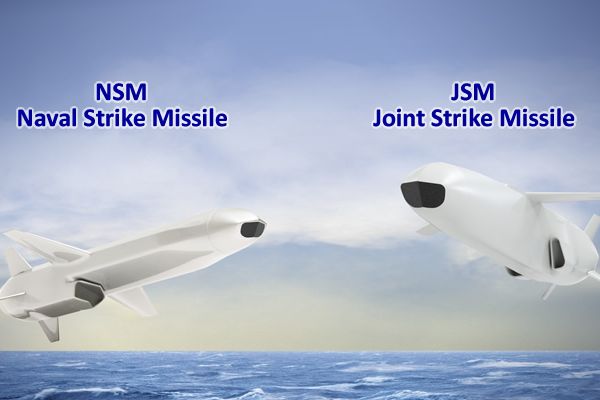Missiles.
3M54-1 Kalibr SS-N-27 Sizzler.
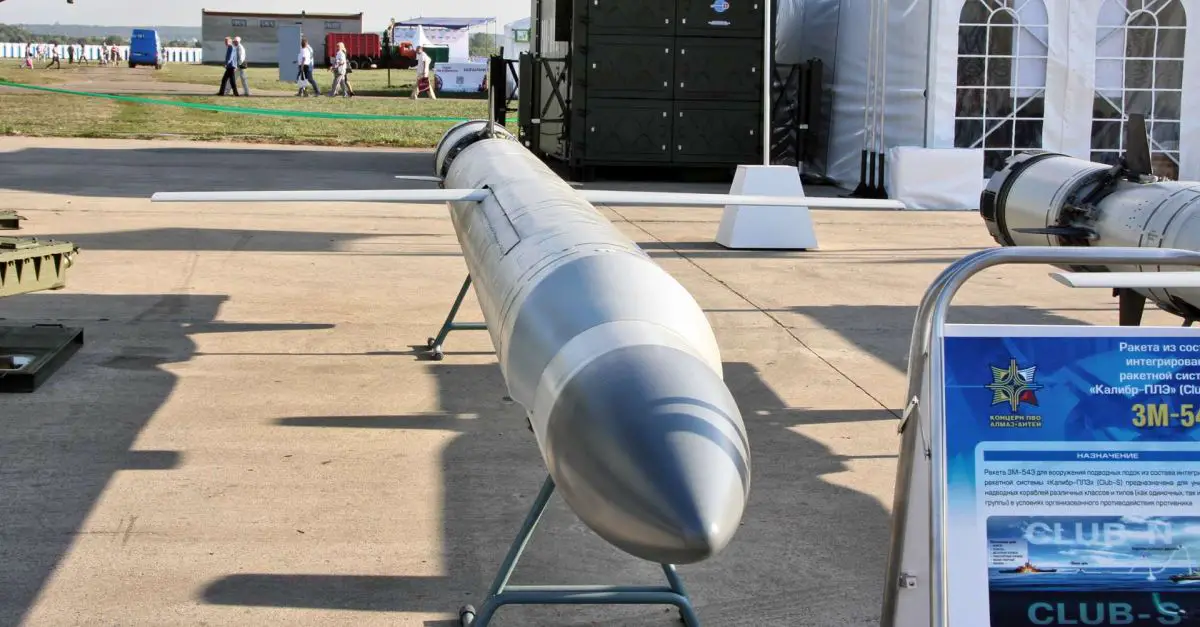
The 3M54-1 Kalibr is a Russian anti-ship cruise missile developed by NPO Novator (OKB-8). Known by its NATO reporting name SS-N-27 “Sizzler,” this missile features a two-stage design optimized for precision engagement of naval targets. With advanced guidance systems and a supersonic terminal phase, the 3M54-1 Kalibr is a key asset in Russia’s maritime strike arsenal, capable of outmaneuvering modern air defenses.
Country users : Russia, Algeria India, Vietnam and China
Description
The 3M54-1 Kalibr, designed and manufactured by NPO Novator, is a high-performance anti-ship cruise missile that entered testing in 2004. Following successful trials, it was integrated into the Russian Navy’s surface ships and submarines, including Buyan-M-class corvettes, Admiral Grigorovich-class frigates, and advanced submarines like the Yasen-class, Schuka-B (Akula-class), and Lada-class vessels. By 2016, Project 971 (Akula-class) submarines underwent upgrades to accommodate the missile, ensuring its role in Russia's naval capabilities. Exports of the missile began in 1999, with India being an early customer for the 3M54E export variant. These missiles were installed on India’s Sindhughosh-class submarines and Talwar-class frigates, each frigate carrying up to eight missiles. India conducted significant testing in 2008, including the successful launch of nine missiles from Sindhughosh-class submarines. China also adopted the Klub-S variant, integrating it into eight Kilo-class submarines by 2008, with unconfirmed reports suggesting testing by the Chinese Navy. Despite reports of technical issues during a 2007 test of the 3M54M1E export variant, subsequent trials in 2008 validated the missile’s reliability. The 3M54-1 remains a critical component of Russia’s naval strategy, consistently upgraded to counter evolving threats.
3M54-1 Kalibr variants:
- 3M-54E: The 3M-54E is a compact missile, measuring 6.2 meters in length and carrying a 200 kg payload, with a range of 300 km. It is launched from both submarines and surface ships, tailored for precision strikes against maritime targets.
- 3M-54E1: The 3M-54E1 features a sea-skimming flight path and a terminal speed of Mach 0.8.
- 3M-14E: The 3M-14E, optimized for land targets, has a heavier payload of 450 kg and uses inertial guidance for high accuracy over extended ranges.
- 3M-54TE: The 3M-54TE, at 8.9 meters in length, is deployed from surface ships and includes a thrust vectoring booster for enhanced maneuverability.
- 3M-54TE1: The 3M-54TE1 shares the sea-skimming and Mach 0.8 terminal speed features of the 3M-54E1 while adding thrust vectoring for improved launch flexibility.
- 3M-14TE: The 3M-14TE, designed for land-based strikes, integrates a 450 kg payload and inertial guidance while benefiting from the thrust vectoring booster for enhanced launch performance and trajectory control..
Technical Data
-
Warhead
The 3M54-1 Kalibr carries a 450 kg high-explosive warhead tailored for maximum lethality against surface ships. The warhead is optimized to penetrate ship hulls and detonate within critical areas, causing catastrophic damage to vital systems like propulsion, weapon systems, and command infrastructure. Its explosive composition is designed for delayed detonation to ensure deep penetration before the blast, maximizing damage to heavily armored or reinforced targets. This ensures the missile can incapacitate or destroy even heavily defended warships, including aircraft carriers and destroyers.
-
Design and protection
The 3M54-1 Kalibr features a sleek, cylindrical airframe with a length of 6.2 meters and a diameter of 533 mm, compatible with both vertical launch systems (VLS) and 533 mm torpedo tubes. The missile has a launch weight of approximately 1,570 kg. Its construction relies on advanced lightweight materials, such as aluminum alloys and composites, ensuring durability and aerodynamic efficiency for high-speed and long-range operations.
-
Propulsion, Speed, and Range
The 3M54-1 uses a two-stage propulsion system for versatile performance. At launch, a solid rocket booster propels the missile from its platform, ensuring stable and rapid ascent. In the cruise phase, the missile transitions to a turbojet engine powered by liquid hydrocarbon fuel, enabling sustained flight at subsonic speeds of 0.8–0.9 Mach. The missile’s range is approximately 220–300 kilometers, varying based on its flight profile and payload configuration. During the terminal phase, a secondary propulsion system activates, accelerating the missile to supersonic speeds of up to 2.9 Mach. This final sprint not only enhances the missile’s impact force but also reduces the reaction time available to enemy air defenses, improving the likelihood of a successful strike.
-
Combat Use
The 3M54-1 Kalibr is a versatile weapon deployed from both surface ships and submarines. Platforms equipped with vertical launch systems or 533 mm torpedo tubes can carry the missile, ensuring adaptability across Russia’s naval forces. Its primary mission is to neutralize surface warships, particularly those with advanced air defenses. By combining a stealthy approach with a high-speed terminal phase, the 3M54-1 is designed to penetrate layered defenses and deliver a crippling blow to critical naval assets.
-
Guidance Systems
The 3M54-1 integrates sophisticated guidance technologies to ensure precision targeting. An Inertial Navigation System (INS) provides mid-course guidance, while GLONASS satellite navigation enhances positional accuracy over long distances. In its terminal phase, the missile activates an active radar seeker, allowing it to locate and lock onto moving naval targets. This multi-mode guidance ensures effective engagement of enemy vessels even in electronically contested environments. The missile’s ability to follow low-altitude flight paths further reduces its radar signature, improving survivability.
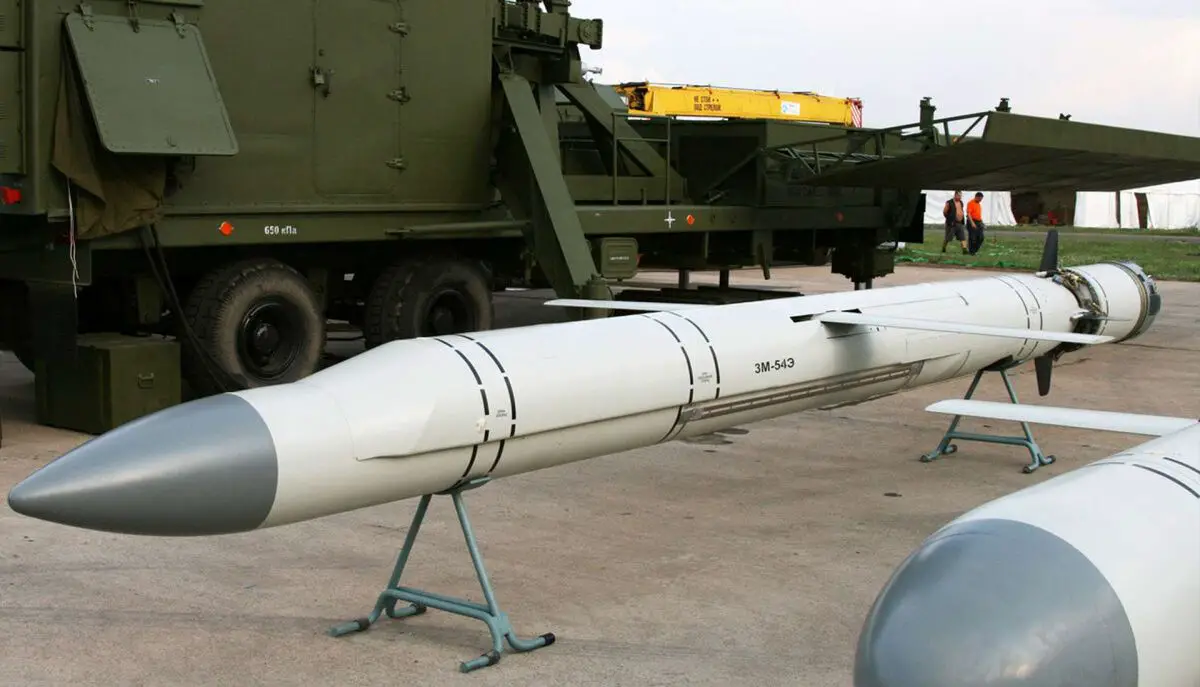
Close view of the 3M54-1 Kalibr cruise missile.
Specifications
-
Type
Ship-launched or submarine-launched cruise missile.
-
Country users
Russia, Algeria, India, Vietnam, China
-
Designer Country
Russia
-
Warhead
400–500 kg HE or thermonuclear
-
Engine
Multi-stage solid-fuel rocket, turbojet engine for 3M-54/E/TE/E1/TE1, -14/E/TE, solid fuel rocket for 91RE1/RTE2
-
Weight
Varies on variant, from 1,300 kg-1,780 kg-2,300 kg
-
Range
3M54E (export anti-ship version): 220 km, 3M54E1/3M14E (export anti-ship version): 300 km, 3M54K/3M54T: 660 km (domestic anti-ship version, estimate)
-
Speed
65 km/h road speed
-
Guidance Systems
600 km
-
Dimensions
Length: Varies on variant, from 6.2 m to 8.9 m; Diameter: 0.533 m
























